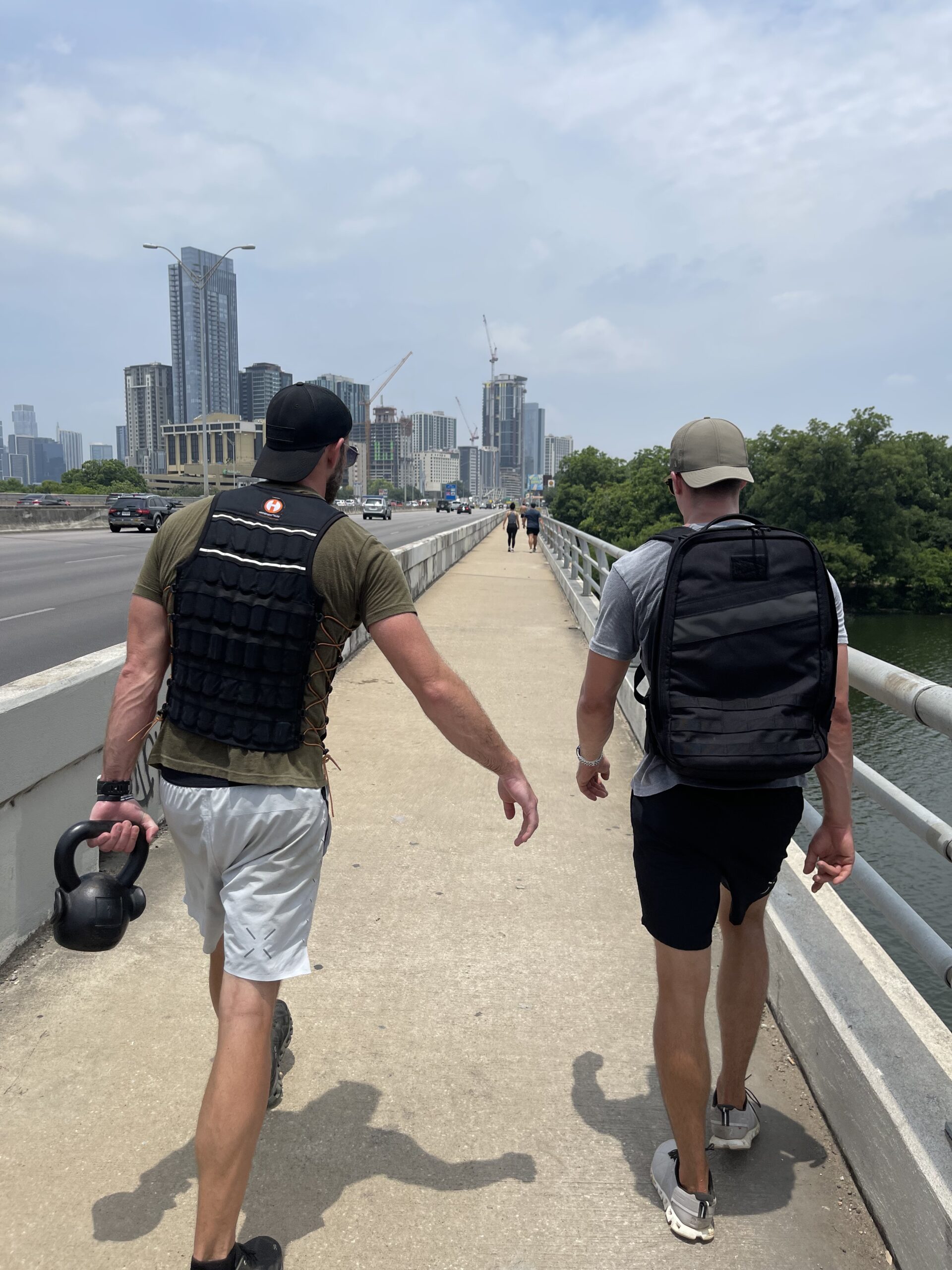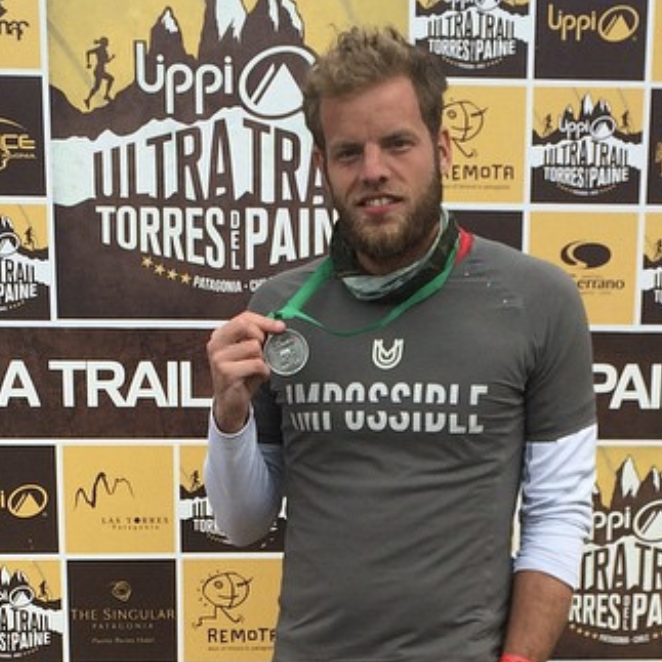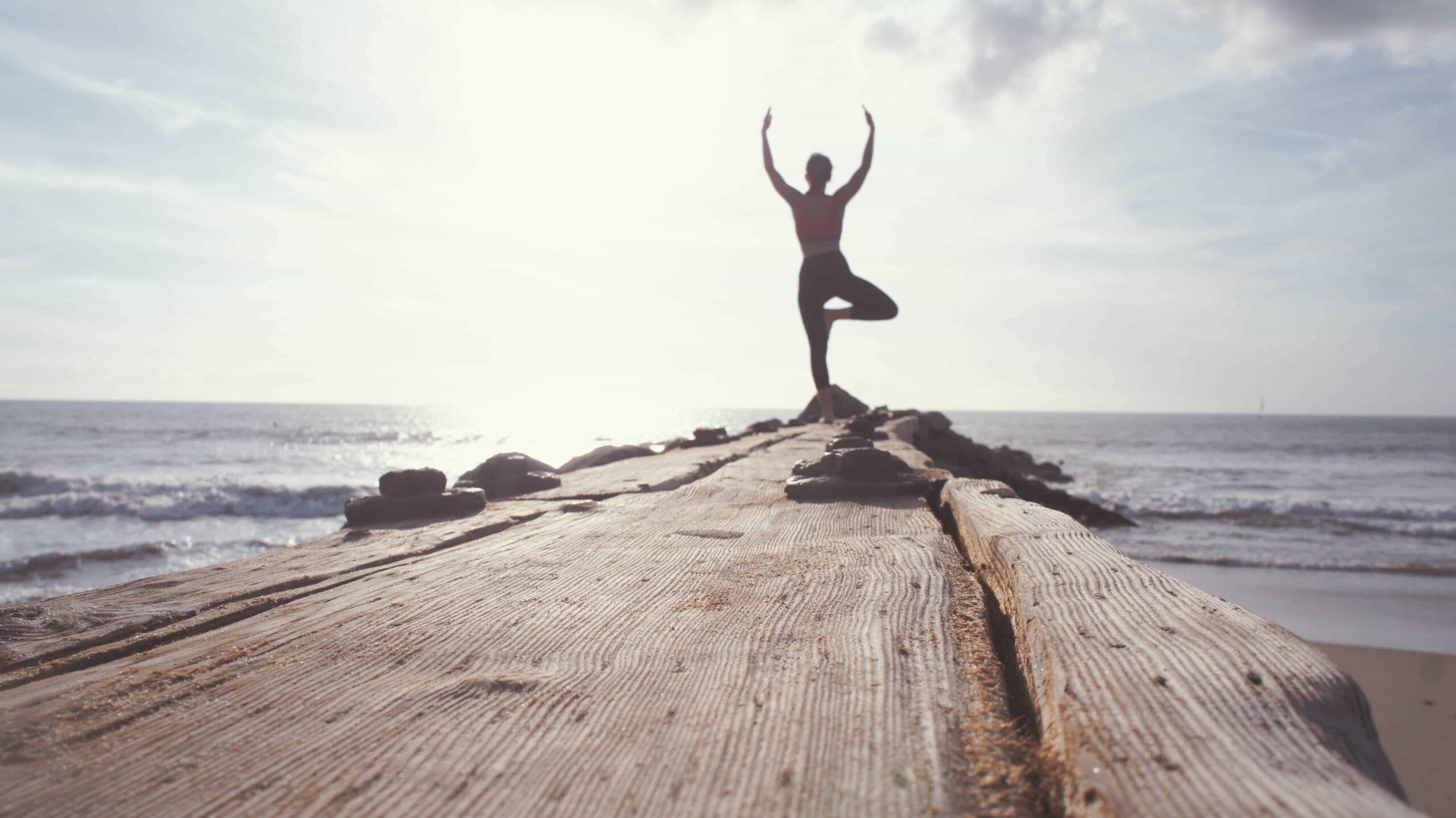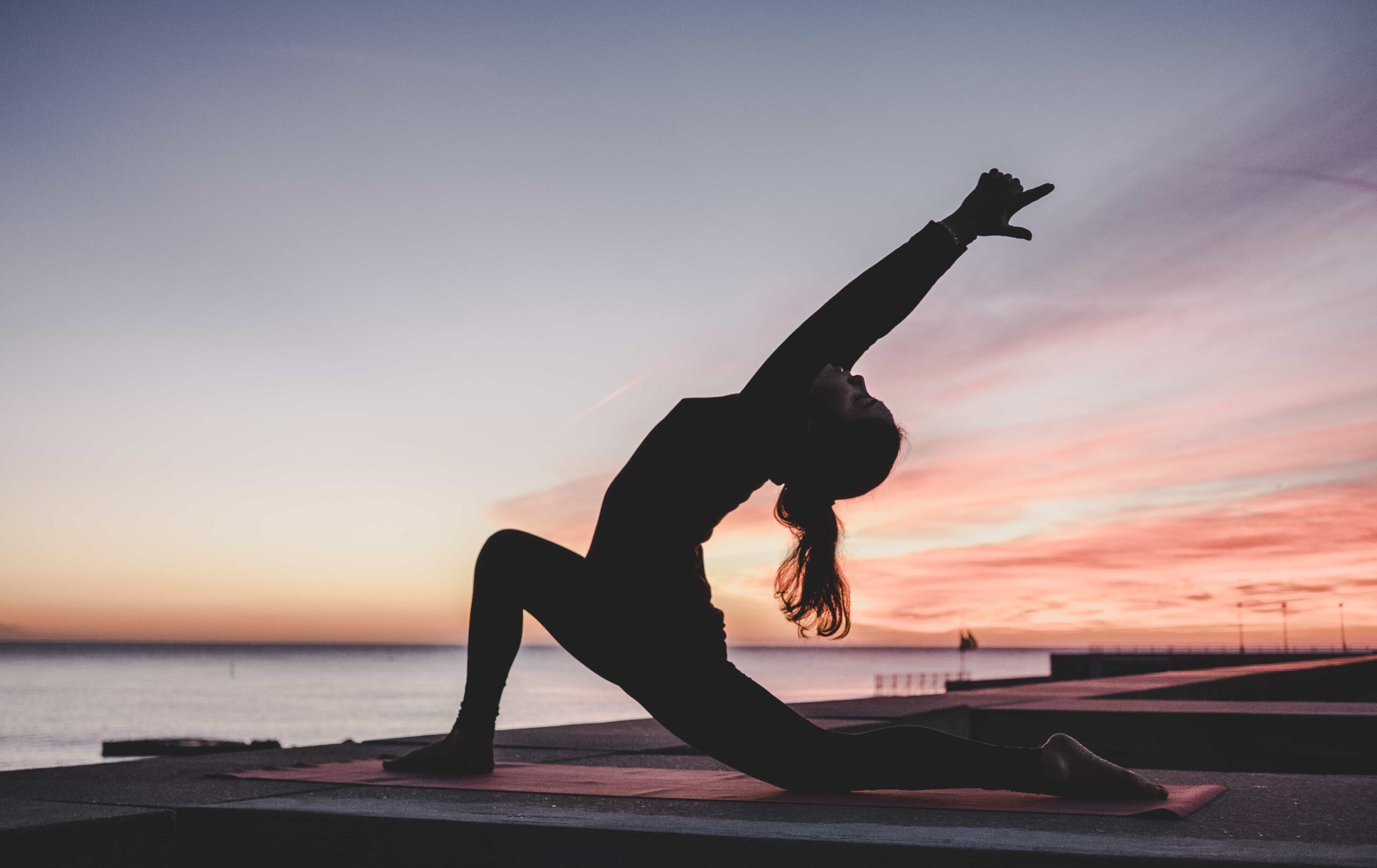Rucking is one of the newest fitness trends on the horizon, but what is it, what gear do you need and how do you get started?
What Is Rucking
Rucking at its purest form is just walking with a weighted backpack. You’ve probably actually already been rucking (remember packing all your books in your book bag?).
Rucking has come to the forefront as a low impact way to do zone 2 cardio, improve longevity and help with fat loss without having to do the sufferfests involved with running.
The Benefits of Rucking
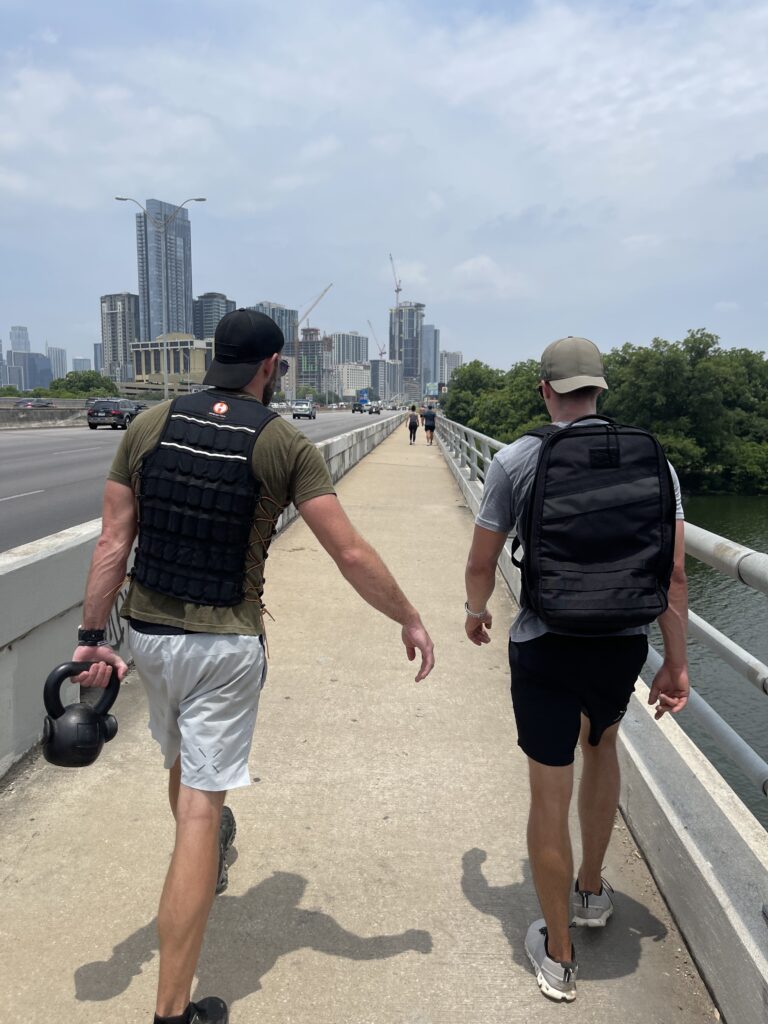
Rucking is becoming popular – primarily due to all the benefits of it. These include:
Zone 2 Cardio
Rucking is a super popular way to get yourself into a zone 2 cardio state without having to pound on the joints. You get all the benefits of walking with all the benefits of Zone2 – including burning more fat, improved body composition without the wear and tear on your knees.
Improves Muscle & Strength
Because you’re adding weight – you can build muscle and strength – especially in your lower body as you push yourself harder than you would in an unweighted workout.
Improves Overall Posture
Because a weighted ruck forces your to have good posture – a rucking session can actually help improve your posture over time and give you better position like you might default to when walking unweighted.
Social Benefits
Rucking is best done with friends. While it might seem weird to just go on a walk, a ruck is both a workout and a social catch up – so give it a shot.
Mental Benefits
The mental benefits of doing hard things like rucking are really understated. When you finish a hard ruck and get home – you not only feel like you accomplished something difficult, you feel motivated to do more impossible sounding challenges in other areas of your life.
What Gear Do You Need to Ruck?
You can buy expensive gear for rucking (it’s awesome), but you don’t need it. In fact, you can probably get started right away with stuff you already have.
What You’ll Need
- A backpack
- Something to put in the backpack.
- A location you can walk around with the backpack.
That’s it!
Now, once you get into it – there’s a ton of specialty gear you can buy including:
- Specialty Rucking Backpacks
- Speciality Rucking Plates
- Chest Straps
- Hydration Bladders
- Compartments
- and a lot more.
How to Start Rucking
Rucking can be intimidating, but is actually pretty simple. Here’s how to get started rucking in 4 steps.
1 – Get a Rucking Bag
Get a bag, any bag will do. If you’re serious about rucking, we do love the GR1 – it’s taken me around the world and they’ve replaced it any time that the odd mishap happens (mostly related to zippers).
However, these things are bombproof (almost literally) and will be a great companion to you for years to come.
Buy once, cry once.
2 – Add Weight To Your Ruck
A great standard here is 30% of your bodyweight. However, for a lot fo people, this is going to be overkill and you will need to work your way up to this over time.
If you do – you can start at adding 10 pounds (fill a few water bottles up or add books to the bag) and then work your way to 25 pounds. This is considered a solid rucking weight.
From there, you can work your way up farther if needed, but
While they aren’t necessary – the rucking plates from GORUCK are great if you are trying to get serious about your rucking workouts.
3 – Find a route
Once you got yoru gear, you need to find out where to go. We recommend rucking around your neighborhood to get familiar, but once you do – you can venture out on hikes and other adventures in your city or nearby locations.
We love all trails and strava for finding routes around your neighborhood and aiming for flat routes to start before scaling up your difficulty level and trying harder and more adventurous routes.
4 – Ruck!
Get out there, start walking and ruck your face off!
The Best Rucking Backpack
If you want the simple answer to the question: what is the best rucking backpack – the answer is the GR1 from GORUCK. The original rucking backpack designed to military spec – this one is a pricey mofo but it’s worth it. If rucking is a serious hobby for you – don’t ask any more questions and just go get it.
The GR1 is the go-to backpack if you're serious about rucking. It's the gold-standard built to military spec and backed by the best warranty we've seen. It's pricey, but it will last and it's worth it. Buy once. Cry once.
If you’re still curious on the full breakdown, you can read our guide here on the best rucking backpack here.
3 Free Rucking Workouts to Try
Here’s a few rucking workouts you can use to get started on your trucking journey.
Coming Soon
Frequently Asked Questions about Rucking
How much weight should I ruck with?
A rucking standard is 30% of yoru bodyweight. For a 200lb person, this is 66 pounds. This is a lot for newbies, so start small (10 pounds will do) and work up to 25. Once you’re able to do that comfortably for a few miles, you can add more weight and play around with what works best for you. If you slow down too much, lose posture or just hurt, drop weight and work your way back up.
How fast should I ruck?
Everyone is different. A slow walk is about 20 minute miles. A fast ruck is about 15 minutes. Anything faster, and you’re almost breaking out into a jog!
How often should I ruck?
It really depends! Start with rucking once or twice a week and then you can scale up as necessary. If you’re very fit, rucking could be a part of your lifestyle – but most people ruck 2-4x / week.
Can I lose weight rucking?
Many people find rucking as an awesome way to lose weight and hit “zone 2” cardio without stressing their body or becoming a cardio bunny. If you lose weight on rucking, get in touch and let us know!
Can I build muscle rucking?
Your legs will most likely build muscle and become stronger over time, but
